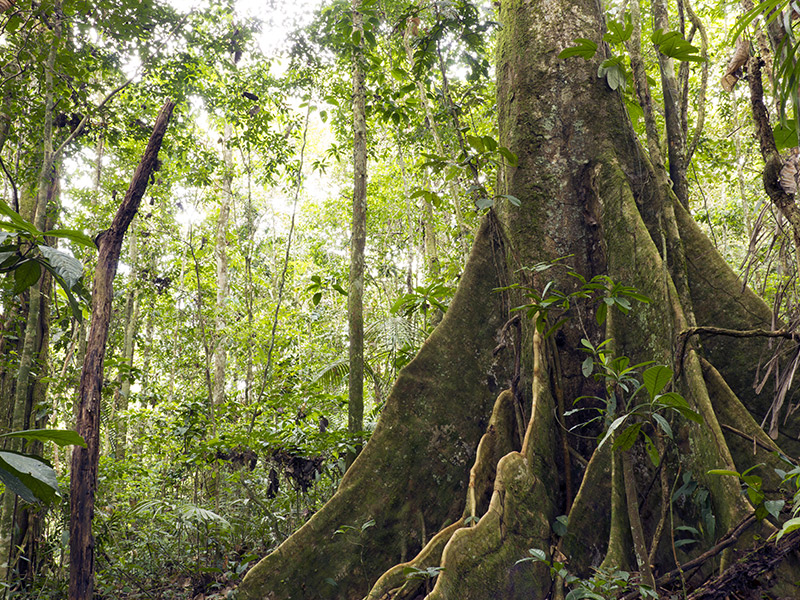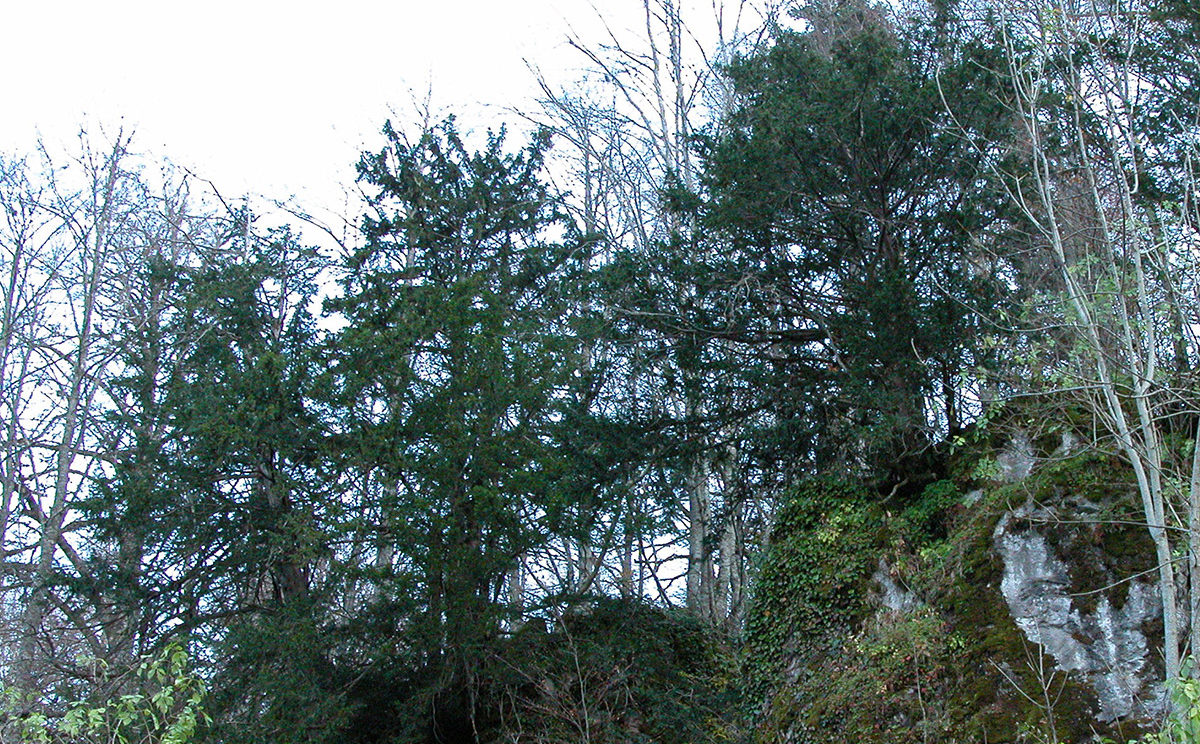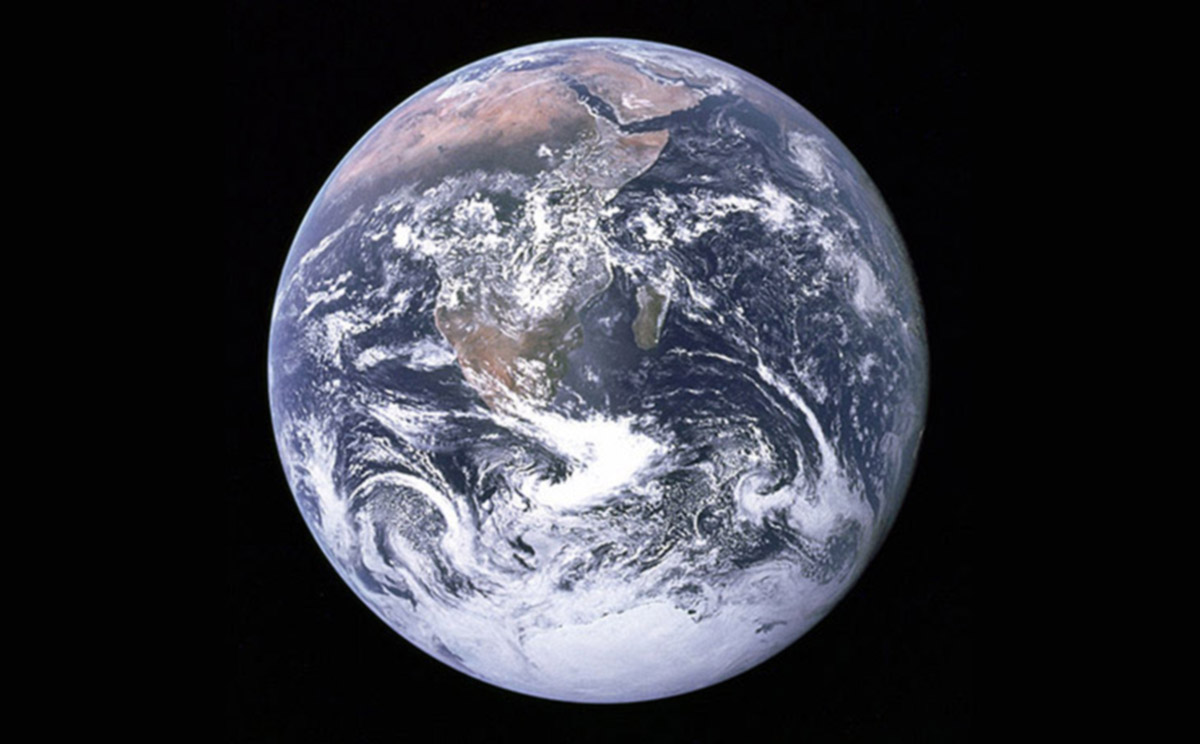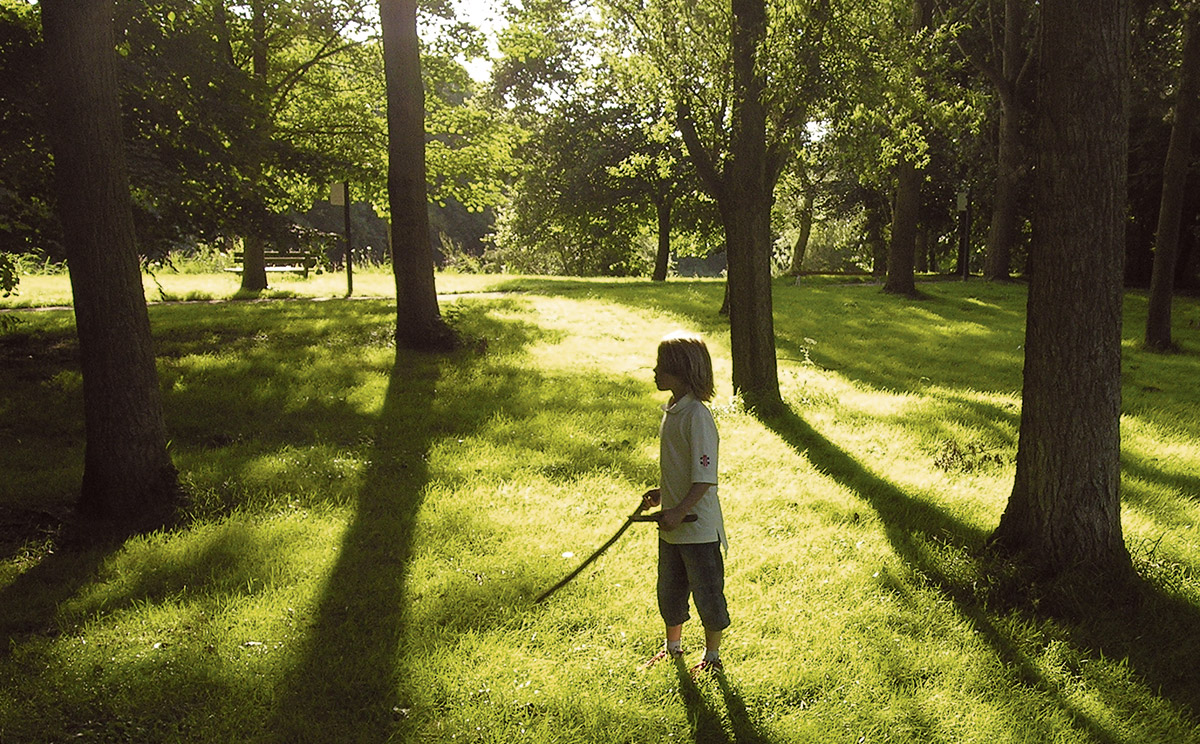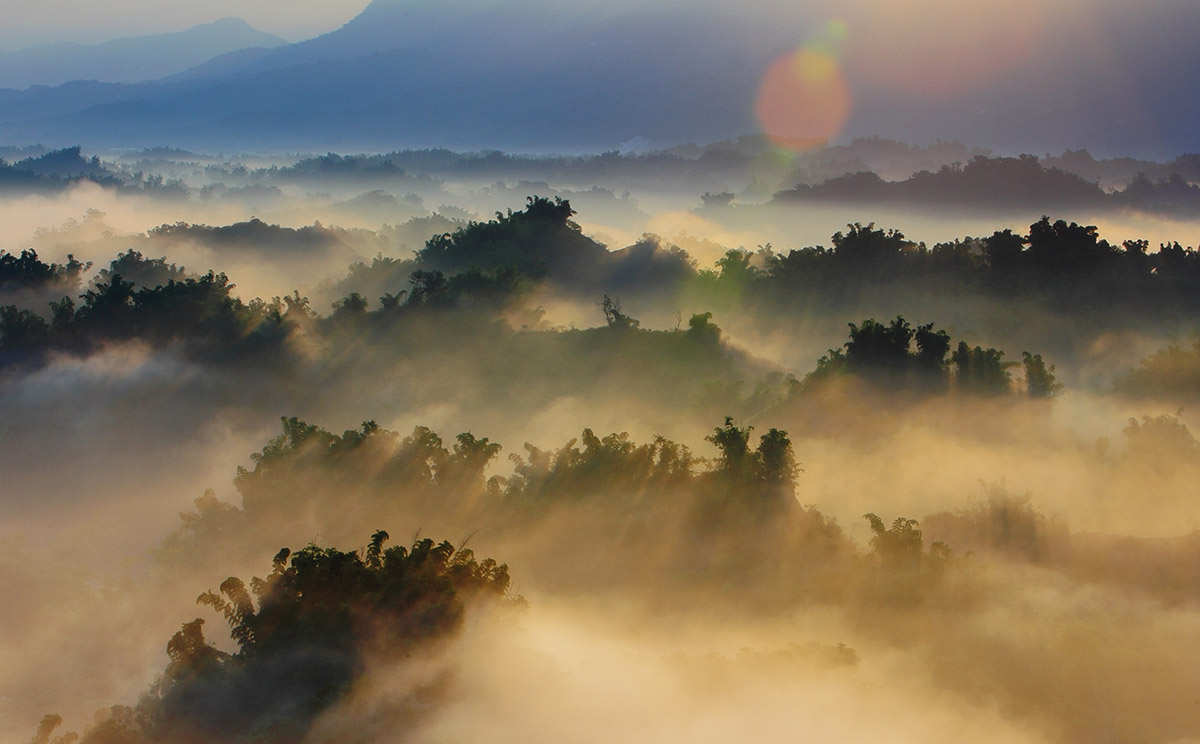World’s biggest trees disappear
Jan 2012
Long-term studies in Amazonia, Africa and Central America show that proportionally, the biggest and oldest trees of the world vanish more rapidly than the younger tree populations.
Big trees may comprise less than 2% of the trees in a forest but they can contain 25% of the total biomass! They are vital for the health of whole forests because they produce large amounts of seeds. ‘With their tall canopies basking in the sun, big trees capture vast amounts of energy. This allows them to produce massive crops of fruits, flowers and foliage that sustain much of animal life in the forests. Their canopies help moderate the local forest environment while their understory creates a unique habitat for other plants and animals,’ says William Laurance, a research professor at James Cook University in Cairns, Australia.
But after clearfelling around them, ‘their tall stature and relatively thick, inflexible trunks, may make them especially prone to uprooting and breakage near forest edges where wind turbulence is increased.’
Another cause for the disappearance of the ancients is fragmentation of forests, caused by roads, farms and settlements. ‘Fragmentation of the forests is now disproportionately affecting the big trees,’ says Laurance. ‘Not only do many more trees die near forest edges, but a higher proportion of the trees dying were the big trees.’
Droughts and global warming are another problem: ‘In cloud forests, big trees use their branches and crowns to rake the mist and capture water droplets. Recurring warmer weather,’ however, seems to ‘push clouds up to higher elevations depriving them of sources of moisture’.
Big tree species also disappear because their seedlings don’t find favourable growing conditions anymore. After human intervention, aggressive shrubs may invade the forest floor or benevolent fungi may be driven out by pathogenic species. And seedling and young tree mortality rates rise due to warm winters which fail to kill pests.
New pests and diseases also spread due to human trade in plants and timber products. In the 1960s and 70s, the peak of the Dutch elm disease which had spread globally via infected timber, killed the majority of the old elm trees of the world. And now, new and often non-native organisms and bacterial infections are threatening oak, ash and other species, while North America’s ancient alpine bristlecone pines (Pinus longeava; the oldest trees in the world) are falling victim to a voracious beetle and an Asian fungus (see Jim Robbins, Old Trees May Soon Meet Their Match, NY Times).
source: John Vidal, World’s giant trees are dying off rapidly, studies show, The Guardian, 26 Jan 2012
